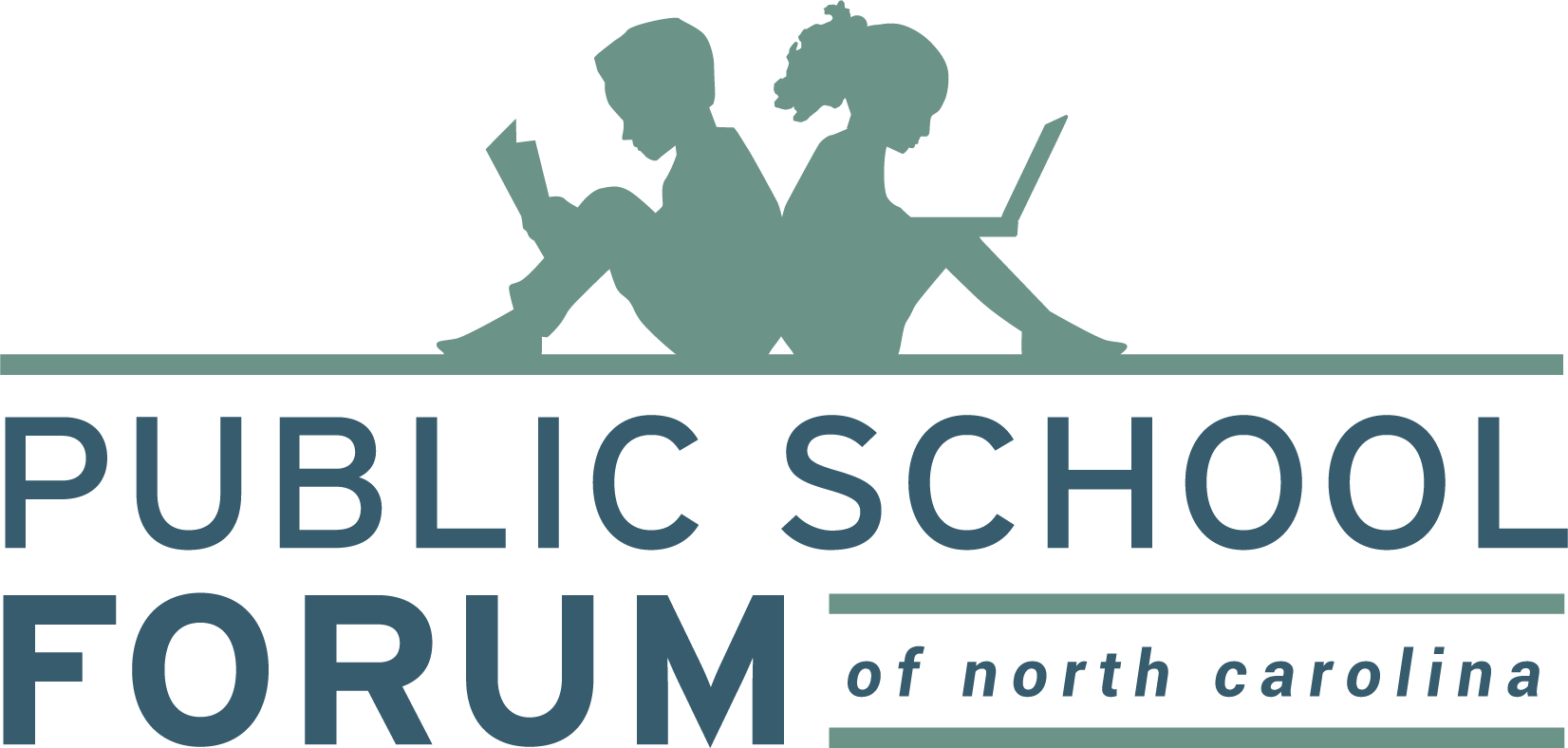As the second year of the NC Resilience and Learning Project comes to a close, we are so fortunate to report the many successes we’ve nurtured as well as the improvements we’ve made, for both the project as well as the schools we were able to serve. To date, the NC Resilience and Learning Project has touched 14 counties across North Carolina, in which we’ve supported 24 schools in the implementation of a trauma-sensitive educational framework.
Expanding the scope of the project has allowed for new learning about how to approach this work in many different environments. The schools we served shared similarities, in that many struggled with low ratings in the statewide school grading system, had a prevalence of students from low socio-economic backgrounds, and all struggled with a need to improve connections with parents. However, each school also had unique challenges. The sizes for these schools varied from 10 to 50+ staff members. Some of the schools were better resourced than others. Despite the myriad circumstances for each of the schools, there were clear trends that emerged among the collective.
Lessons Learned from Year Two
- The Process Cannot Be Top Down—But the Top Must Be Involved. Transitioning to a trauma-sensitive learning environment is not something to be mandated, but rather to be supported and nurtured by leadership. A school’s culture must be primed to engage in implementing a trauma-sensitive framework. Leadership plays a large role in this culture change and must work alongside stakeholders to ensure real change and not just compliance.
- Strategies Based on Data Always Work Best. Work must be done by the designated Resilience team to examine a school’s achievement, discipline and attendance data to determine the areas that provide the greatest challenges. Many strategies seem like good ideas initially, but not all strategies will work well in all schools. We have found that the schools that have had the most success have taken the time to analyze the data and gain consensus of the team to identify strategies that address the area of need.
- Communication of Goals Must Be Specific and Consistent. Initially, some teachers and administrators believe that a focus on social-emotional learning and support is a waste of time. Many who we have encountered in this work believe that time cannot be taken away from instruction to “coddle” students and convince them to engage in learning. For this reason it is important that the leadership and Resilience teams continually provide context for this work and remind all stakeholders that time and intention spent on supporting students so that they can ready themselves for learning is a win/win for all.
- It Doesn’t Require More Time, It Requires Being Intentional. Changing the focus to one of resilience requires intentionality. Although the learning curve may require a time commitment up front, embedding trauma-sensitive strategies into the learning environment actually saves time for educators. Being intentional about how to deal with students who experience issues with self-regulation and focusing on learning saves teachers time that would otherwise be spent dealing with classroom management issues or constant reteaching. Being deliberate in supporting students to become resilient benefits the students and the teachers.
- It’s Ok to Start Small. Buy-in is important! When met with resistance to the work of the NC Resilience and Learning Project, we have found that it can work best to start small with only one strategy to implement at the school. By doing so, a school can zero in on one change and be consistent in the monitoring and reporting of the progress of that change. Allowing those who are on fire for the work to take the strategy, make it their own, and report out their success is an authentic way to bring along the naysayers and the skeptics!
We look forward to the great work and accomplishments that will come in 2019-20!
–The NC Resilience and Learning Project Team

Leave a Reply